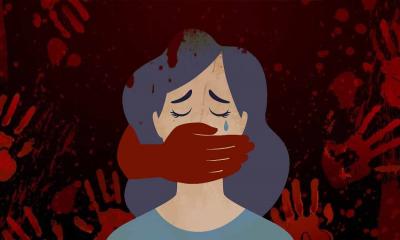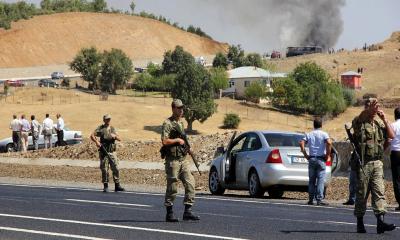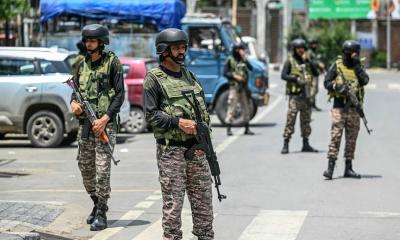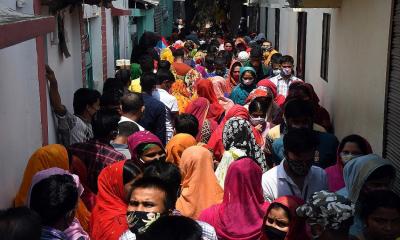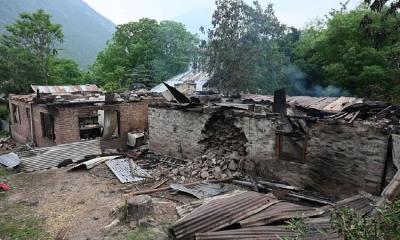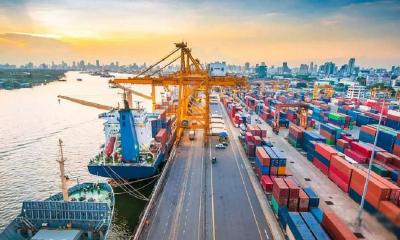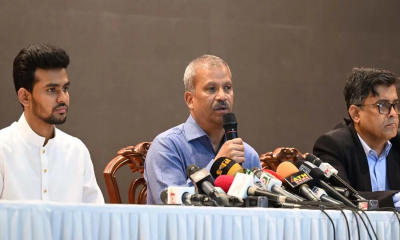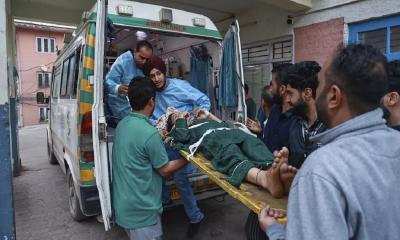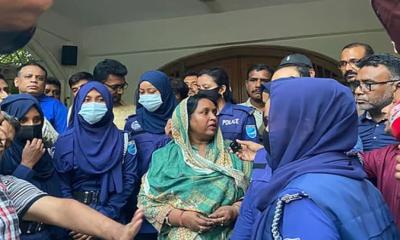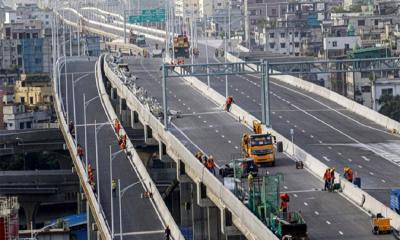The surge in COVID-19 cases during the global pandemic put an additional burden on hospitals and intensive care units in Bangladesh. The Covid-19 crisis has exposed major weaknesses in our public health system; especially early on, the system failed to provide adequate personal protective equipment, testing, and contact tracing. Throughout the crisis, it has also been deficient in delivering consistent messaging at the national and regional levels.
Regarding the current vaccination campaign, on the demand side, vaccine hesitancy is an obvious challenge that messaging is supposed to address. On the supply side, other major hurdles must be overcome, including distribution, supply chain, storage, and a detailed plan for prioritizing at-risk groups.
Global studies showed that the strongest approach to limit social contacts is achieved through a partial or complete lockdown e.g., China lockdown. Analysis of country cases indicated that the timing of lockdowns is critical for its effectiveness in reducing actual incidence. Various modeling also showed the benefit of an accurately timed lockdown is able to contribute to run critical health services by avoiding overwhelming the hospitals, and can maximize response capabilities of the system.
A study published in the journal Nature by researchers at Imperial College London in June found that some 3.1 million deaths had been averted due to lockdowns across Europe early on in the pandemic.
But many of us, admitted that lockdowns are 'very hard' policies and scientists would like to have a much more targeted approach with less economic impact. Universal mask-wearing is one of the single best ways to reduce the spread of respiratory diseases.
We should not compare the lockdown with doing nothing, but it should be compared to other strategies. Here we can learn from other countries and how other health and social policies can replace the lockdown for the situation to get better.
COVID is an extremely severe disease that, if left unchecked, will kill hundreds of thousands of our citizens. While the exact mortality rate of COVID-19 is still not known, a hypothetical rate of 1% would still result in a massive number of deaths if left to spread unchecked. The Covid-19 experience has taught us that it’s far better to respond quickly and smartly, with the right tools and machineries and mass testing and tracing, rather than only relying on the shutdowns.
We might think for a more “targeted” approach rather than a “nationwide” lockdown, which can limit the impact of the pandemic while balancing other economic, mental health, and social concerns. We all know that there is still considerable uncertainty surrounding the virus and its impacts, how it spreads, how best to prevent and treat it, and how to mitigate the wider impacts.
However, whatever measures we take, developing appropriate policies and interventions for dealing with health, social and economic effects, as well as ensuring a sustainable longer-term recovery, would be crucial.
Finally, few words on New Zealand's successful strategies for tackling of coronavirus – the country had planned to wipe out COVID-19 completely. New Zealand has “a reasonably coherent” public health system; contrasts with the U.S., where it is a “highly fragmented” public health system. New Zealand has the advantage of an isolated location, small population and the whole system approach. The New Zealand lockdown measures had been paired with isolation, quarantines, widespread testing for anyone who is suspected of being exposed, and contact tracing; and most importantly the complete lockdown mechanism had an exit strategy.
The writer, Tarek Mahmood Hossain, is an Ex-UN Official, and Member, National Covid-19 Advisors.













